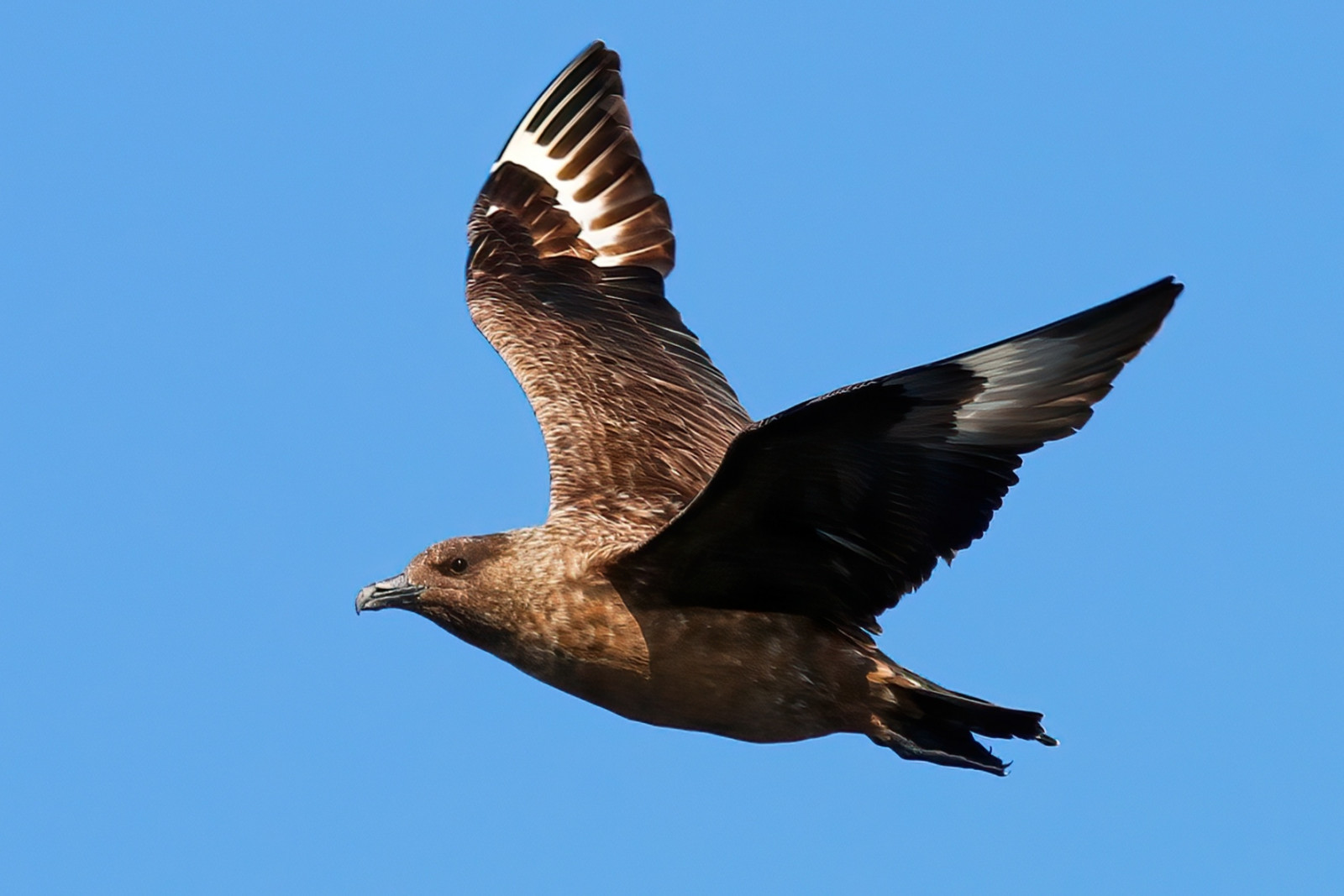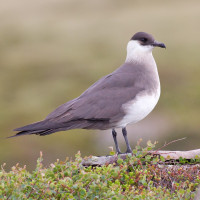Beschreibung
The island of North Ronaldsay is about 5 km long and around 1.5 km wide, being flat with little vegetation. Because of its location, it does attract a high number of vagrants and also hosts species such as Gryllteiste, Großer Brachvogel, Skua, Schmarotzerraubmöwe and Berghänfling. Few people live here but basic accommodation is available at the southern end which is managed by the Bird Observatory. It may be possible to attend some ringing sessions at the observatory, and people staying at the accommodation will most likely have interests in birds and nature too. Not far from the accommodation is the harbour and to the east of that a beach. The main walk to the north of the island is along a tarmac road, and there is a small cafe there.
Details
Zugang
A special feature of this island is the fact that it is impractical to bring a car here, and the only vehicles on the island are used by residents. The most practical way of accessing the island is by air from Kirkwall, there being mostly three flights each day. Air service is by Loganair with a ten-seat 'Islander', and a taxi service is available from the airstrip. There is a ferry, but this only runs once per week.
Terrain und Habitat
Strand , Landwirtschaft , MeerBedingungen
Flach , Offene LandschaftRundweg
NeinIst ein Spektiv nützlich?
Möglicherweise hilfreichGute Beobachtungszeit
GanzjährigBeste Beobachtungszeit
Frühjahrszug , HerbstzugRoute
asphaltierte StraßeSchwierigkeitsgrad der Tour
EinfachErreichbarkeit
zu Fuß , RollstuhlBeobachtungshütten oder -türme
NeinZusätzliche Informationen
Visitors should look out for North Ronaldsay Sheep, a local species that lives by the shore. Orcas can be seen off the coast in summer.




